

Fertilizer might be stronger than we thought. A new international study found that fertilizer can help plants survive short-term periods of extreme drought, findings which could...


People have assumed climate change solutions that sequester carbon from the air into soils will also benefit crop yields. But a new study finds that most...
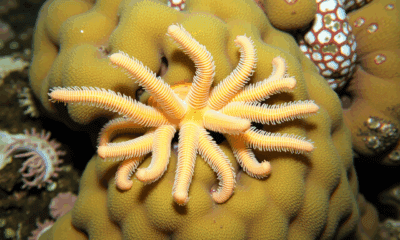

Scientists have uncovered the genetic underpinnings of one of the ocean's most bizarre animals: a branching marine worm named Ramisyllis kingghidorahi that lives inside sea sponges...
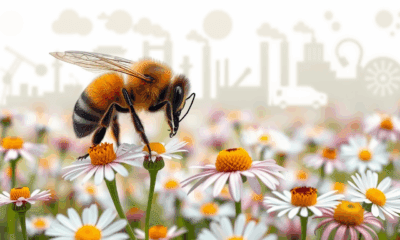

A new report identifies the top 12 emerging threats that could accelerate pollinator losses within the next 5-15 years, according to ten of the world's leading...
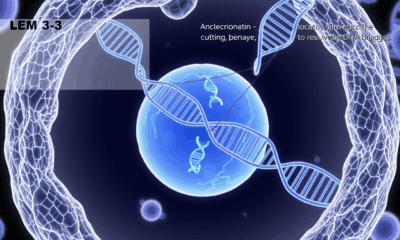

Scientists have elucidated the molecular mechanism by which LEM-3 cuts DNA bridges during cytokinesis.
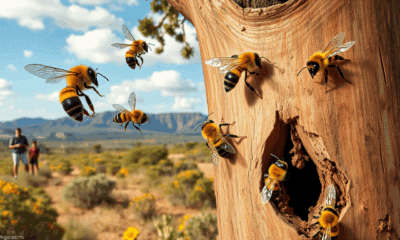

A team of researchers has discovered 71 new native bee species belonging to the resin pot bees, or Megachile (Austrochile), which are unique to Australia and...
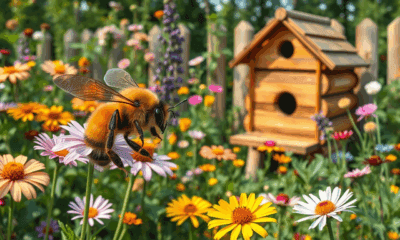

New research has revealed that high densities of European honey bees could be harming Australian native bees' 'fitness' by reducing their reproductive success and altering key...
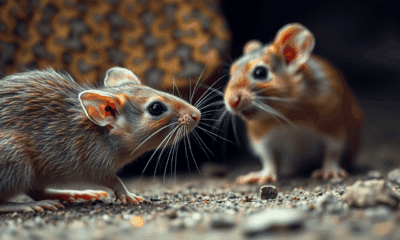

Researchers have shown that mice use chemical cues, including odors, to detect the social rank of an unfamiliar mouse and compare it to their own, using...
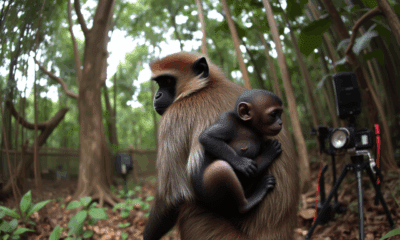

Animal abduction: Biologists documented five male capuchin monkeys carrying at least eleven different infant howler monkeys -- a behavior never before seen in wild primates. Rise...
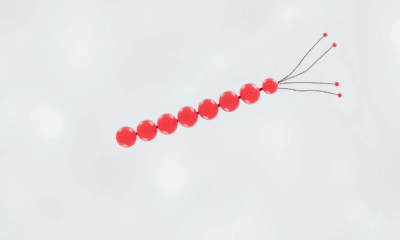

A team was able to show that swimming movements are possible even without a central control unit. This not only explains the behavior of microorganisms, it...